Does car insurance cover hail damage?


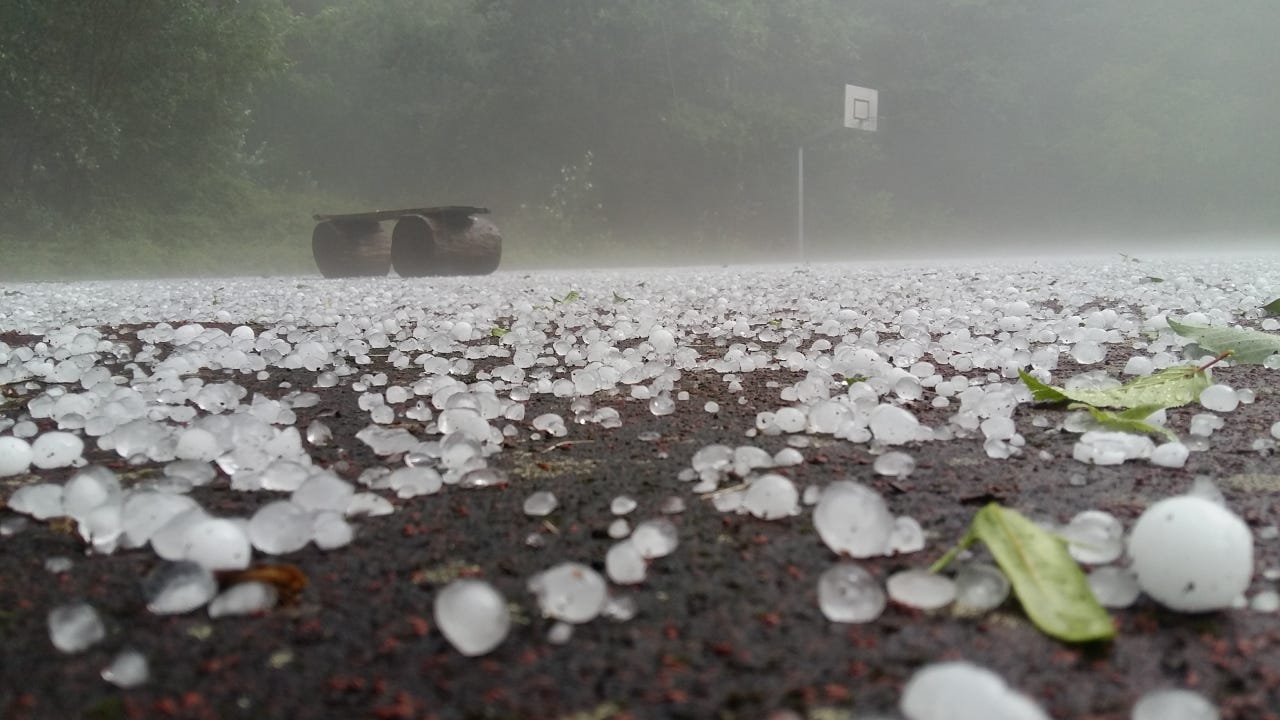
Hail storms are not uncommon in the U.S., with the National Oceanic and Atmospheric Administration (NOAA) reporting nearly 4,000 incidents of severe hail already in 2024. 647 of these featured hail that was in excess of 2 inches in diameter — more than enough to cause severe damage to vehicles. If you live in an area prone to hail storms, you may wonder if you need insurance for hail damage to your car. And if you’ve been in a hail storm, you may be questioning if you should file a claim for hail damage to your car. Bankrate’s insurance editorial team took a close look at how insurers view hail damage to help you be prepared for hail storms in your region.
Does your car insurance policy cover hail damage?
There are several types of car insurance coverage options, including liability coverage, medical coverage and physical damage coverage for your vehicle. Does your auto insurance cover hail damage? For your auto insurer to help cover repair costs for hail damage, you will need comprehensive coverage on your vehicle.
Comprehensive coverage is an optional coverage available for your policy. Along with collision coverage, it is considered part of a full coverage policy. A full coverage policy contains your state’s minimum liability requirements, which pays for injuries and damage to the other car and its passengers, along with collision and comprehensive, which cover damage to your vehicle, no matter who is at fault.
Collision insurance, as the name suggests, pays for damages after you’ve been in an accident. Comprehensive insurance, meanwhile, covers damages from any other cause, whether it’s hitting an animal, car theft or fire. That also includes hail damage.
Comprehensive coverage and hail damage
Comprehensive coverage, sometimes known as ‘other-than-collision,’ helps cover the cost of repairs for damage caused by weather events such as storms, snow, sleet and hail, as well as falling debris and trees. Your state does not legally require this coverage, but your lender will typically require it if you finance your vehicle. Even if your vehicle loan is paid off, you may want to consider this coverage as it could protect your budget from costly repairs.
What kind of damage can hail cause to your car?
It’s easy to understand how severe hail, which may be the size of baseballs or larger, can cause damage. Large hail can be the cause of structural damage to the frame or engine, bending or warping metal to the extent that it is no longer functional or handles poorly. Glass windows and mirrors are especially susceptible to damage from hail.
Even smaller hail, however, can cause significant cosmetic damage to your vehicle. One estimate states that any hail that is an inch in diameter, or the size of a quarter, is large enough to chip or crack paint, crack windows and cause dents and dings in the car’s body.
Is it worth claiming hail damage to your car?
When it comes to hail damage, the decision to file a claim isn’t always straightforward. You may be part of the many drivers who ask “Should I claim hail damage to my car?”
Ultimately, you should only file a hail claim if the cost of repairs is more than your deductible. Here’s why — if you have a $1,000 deductible and the hail damage only costs $600 to fix, you won’t get any money from your insurance company because your deductible will cover the repairs in full. Unfortunately, you would have no choice but to pay out-of-pocket. And filing a claim would drive up your insurance premium.
However, it’s entirely possible that hail can render your car undrivable. If you’re not sure how extensive the damage is, take your car to a local auto body shop and have them evaluate it. You can even request a price quote for the repairs and bring it to your insurance company when you file the claim.
Protecting your car from hail
The best way to avoid a hail claim is to protect your car from damage in the first place. Some states face more hail storms than others. For example, according to the Triple-I, the top five states that had major hail events in 2023 include Texas, Nebraska, Kansas, Colorado and Missouri. While hail storms tend to be unexpected, there are some ways that you can take precautionary measures, especially if you live in a high-risk area.
- Park in a garage: Instead of parking outside, try to find parking in a garage if you know a storm is coming.
- Find shelter during a storm: If you’re driving when a hail storm hits, find shelter as soon as you can. Either pull off and find a covered parking structure, or even park your car under the nearest bridge or overpass.
- Get a hail car cover: If you don’t have a garage at home, consider buying a car cover that puts a barrier between your car and the elements.
- Buy a carport: Setting up a carport in your driveway is a great way to protect your car at home without adding a garage.
- Check the weather: Before you leave home, check the weather to see if any storms are predicted in your area.
Taking a few steps to prevent potential damage can keep you from needing to shell out money for repairs.
Frequently asked questions
-
No single company is always the best option for every driver, all the time. Since insurance products are personalized to meet the needs of each individual, the company that writes you the best policy may not be the best choice for your neighbor. To find the best company for you, consider your situation and priorities: do you work from home or are retired? Consider a company known for writing low-mileage policies. Is there a teen driver in your household? A company that writes affordable coverage for young drivers may be a good bet. Do you have a few dings on your license? You may want to look at high-risk policies. Consider a range of companies that offer the features you’re interested in, and ask for quotes from several so you can determine who is willing to give you the best price.
-
Full coverage car insurance is generally more expensive than minimum coverage car insurance, but it doesn’t have to break the bank. To find the cheapest full coverage car insurance for your situation, select a few companies that interest you and request quotes for the same types of coverage and limits, then compare. Make sure you ask about any discounts you may qualify for, as you can usually layer your savings opportunities and save even more.
-
If you experience rental car hail damage, you should know that insurance is likely to cover it. Most rental car companies include comprehensive coverage in their insurance packages. If you carry comprehensive coverage on your own vehicle, your insurance policy may extend coverage to rentals as well.
-
If you own your car and it’s minorly damaged in a hail storm, you aren’t required to make the repairs. However, you probably are required to fix it if you have a leased car or a car loan. Also, keep in mind that making repairs to your car will increase the resale value if you plan to sell it in the future.
Additional resources:
You may also like
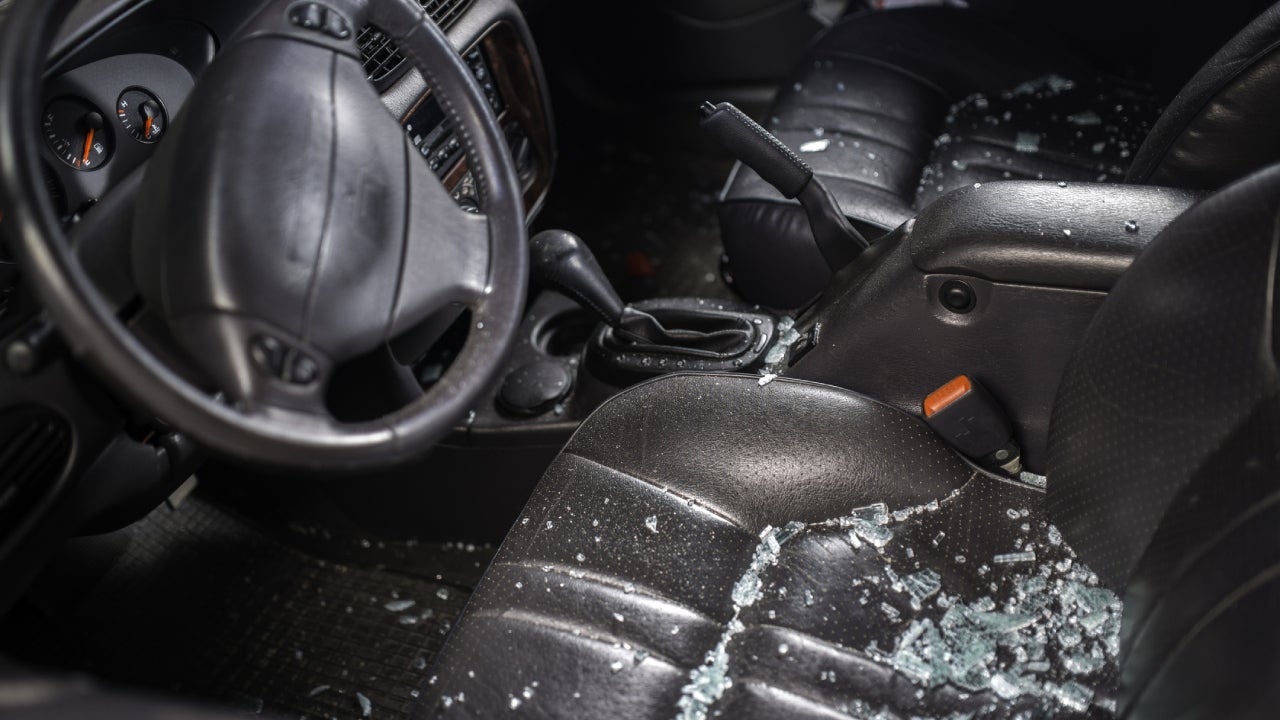
Does car insurance cover vandalism?
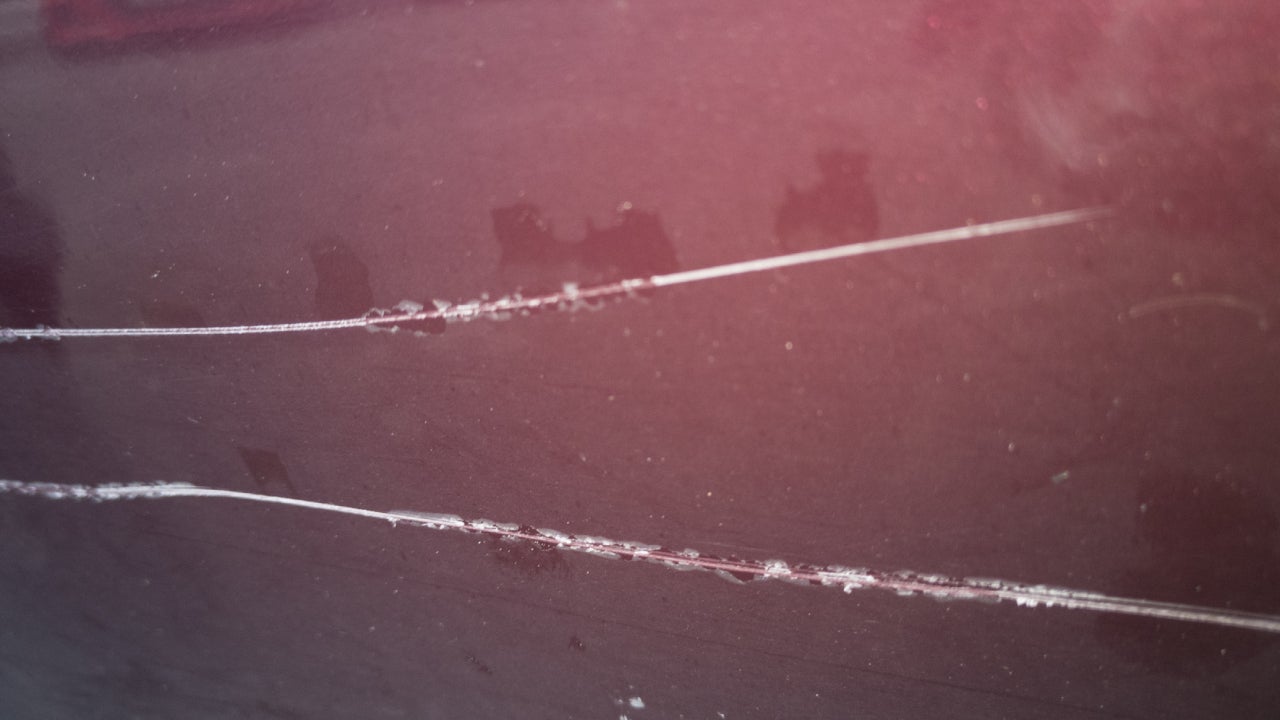
Does car insurance cover keyed cars?
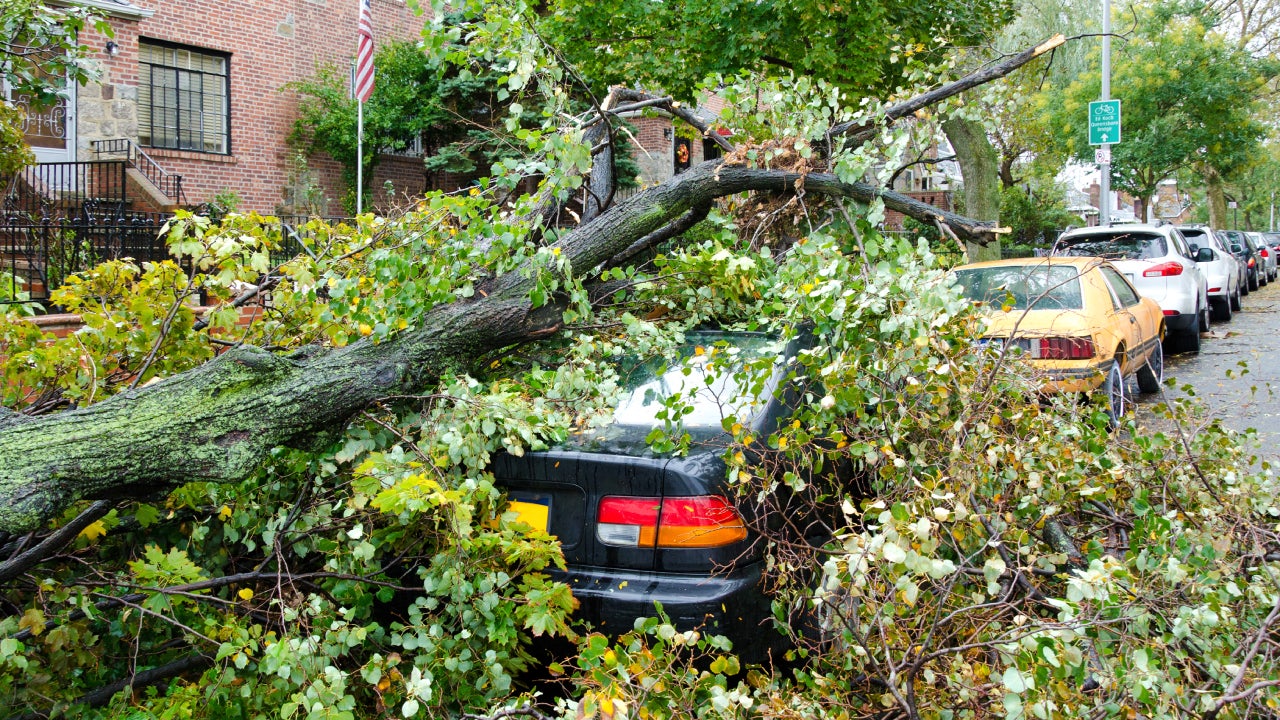
Does car insurance cover hurricane damage?
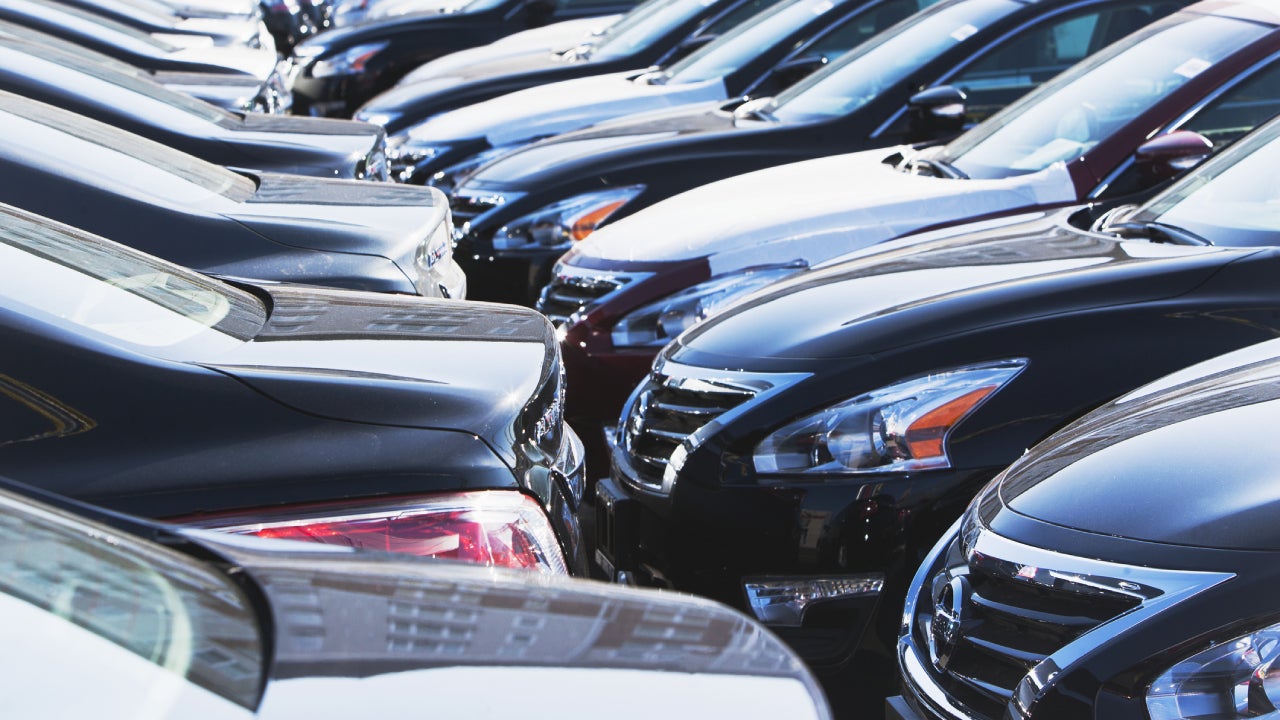
Does car insurance cover your parked car?
